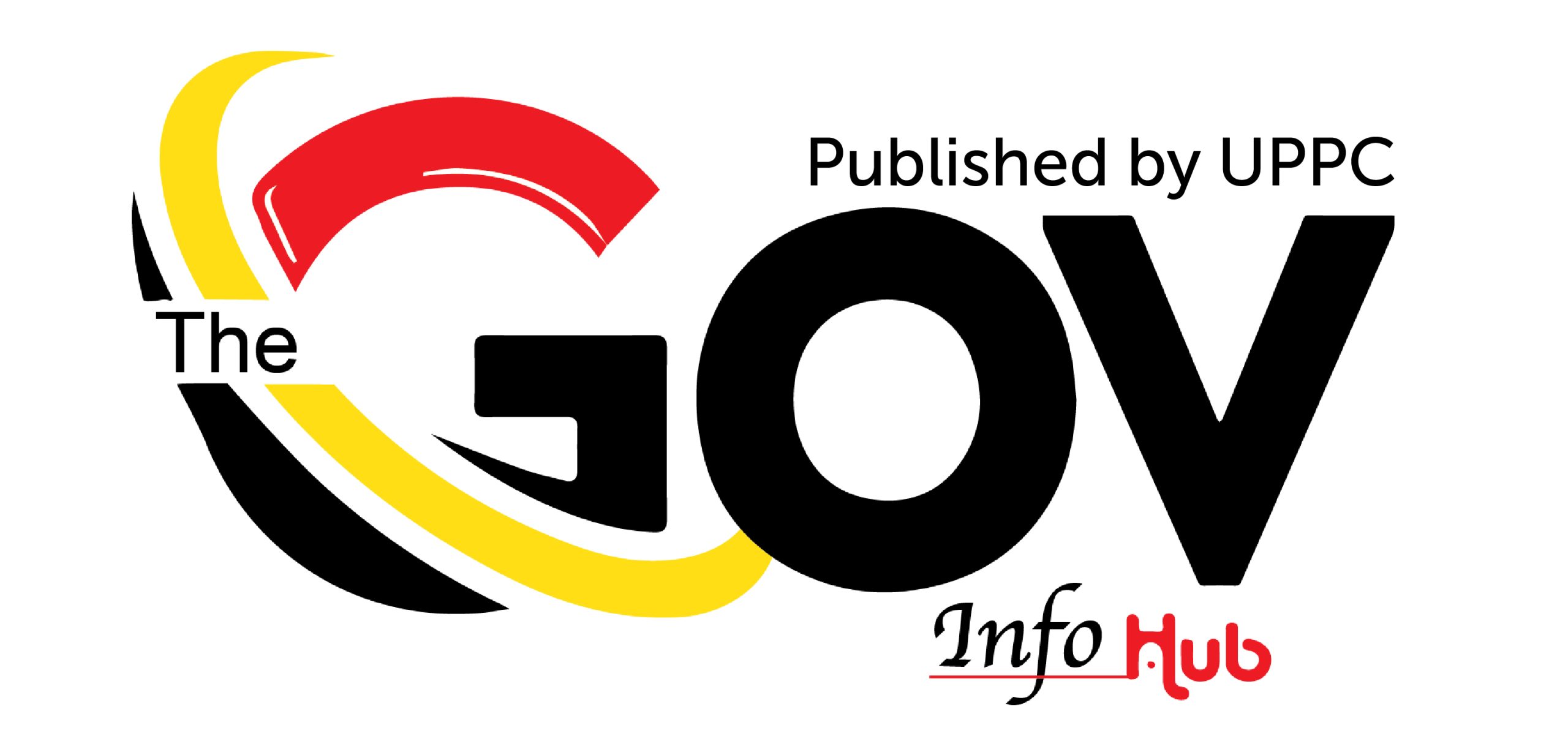Since 2014, obtaining a national ID in Uganda has been a slow, centralized process that often requires long trips to National Identification and Registration Authority (NIRA) offices. However, with the introduction of parish-level registration, this could be about to change.
NIRA is rolling out mass enrollment and ID renewal services at the parish level, aiming to make national IDs more accessible than ever before. But will this decentralized system truly eliminate delays, or will new challenges emerge?
In preparation for the mass registration and renewal exercise, NIRA has procured new high-tech ID printing machines capable of producing 3,000 IDs per hour. These machines, along with 5,000 registration kits, are expected to speed up the process significantly.
According to NIRA, the parish-level model is designed to bring services closer to communities, making it easier for millions of Ugandans to obtain or renew their IDs.
“People will no longer need to travel to Kampala to have their details updated. Most of these processes have been decentralized,” said NIRA official Peter Okwalinga.
This shift marks a significant departure from previous registration exercises, which required Ugandans to visit regional or central offices, often resulting in long queues and delays.
Uganda’s first batch of national IDs was issued between 2014 and 2015, meaning they expired in 2024 and 2025 after their 10-year validity period. With 15.8 million IDs set to expire by August 2025, the government has extended their validity by one year to ensure a smooth renewal process.
However, beyond just renewals, parish-level registration aims to address a bigger issue—the millions of Ugandans who still lack national IDs.
NIRA Executive Director Rosemary Kisembo highlighted the scale of the challenge:
“Currently, only 27.4 million Ugandans are registered, out of a population of 45.9 million. In essence, we have between 17 and 18 million new Ugandans to register.”
Without national IDs, Ugandans face difficulties accessing essential services, including banking, voting, and government programs. The new decentralized system aims to bridge this gap faster.
“At our current pace, it would take us 17 years to register everyone who lacks an ID. The parish-level model will accelerate this process,” Kisembo added.
The exercise will also include registration for 1.5 million newborns each year, ensuring that all Ugandans are accounted for from an early age.
Uganda’s national ID system is undergoing a significant transformation, marked by the introduction of enhanced identification cards featuring Ultraviolet (UV) Bi-fluor Red Technology and additional security layers visible under UV light. These upgrades are designed to strengthen security, prevent forgery, and reduce identity fraud, making the IDs more reliable and tamper-proof.
Under the new system, most national ID services—including enrollment and renewals—will be available at local parish offices. This is a major shift from the past when citizens had to visit NIRA’s central or district offices.
However, some processes will remain centralized. For example, requests for changes in personal details (such as names or dates of birth) will still be handled at the district level. According to Okwalinga:
“In this exercise, we are conducting mass enrollment, registering individuals who have never had national IDs, including infants, as well as updating data and facilitating mass ID renewals.”
As part of the upcoming registration drive, the Uganda Security Printing Company (USPC) has started delivering new national IDs with upgraded security features. Project manager Hajji Abdul Nsubuga explained:
“Upon approval from the NIRA board, we were tasked with supplying all the virgin national IDs with upgraded security features.”
At the same time, the rollout of parish-level registration is aimed at improving accessibility and speeding up the issuance process. However, this ambitious approach brings its own set of challenges. Concerns remain about whether the National Identification and Registration Authority (NIRA) can efficiently manage the high volume of new applicants, whether technical glitches with the new equipment could delay progress, and how the government plans to ensure fair and timely distribution of IDs across all parishes.
With millions relying on these documents for access to services, the success of the initiative will hinge on effective planning and execution. What is certain for now is that Uganda’s ID landscape is shifting—whether this shift will ease access or create new hurdles remains to be seen.


